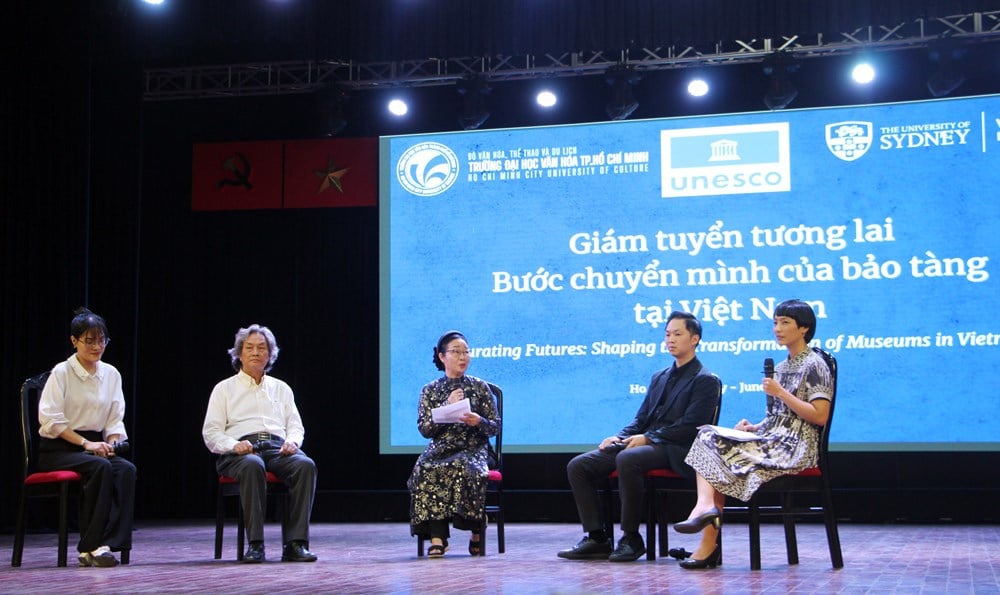
The event, organized by the UNESCO Office in Hanoi in collaboration with the Ho Chi Minh City University of Culture and the University of Sydney Vietnam, followed the first discussion session in Hanoi (November 2024), to promote interdisciplinary dialogue, enhance curatorial capacity and strengthen cooperation between public and private museums.
Share and collaborate to “unlock” the museum together
According to Mr. Jonathan Baker, Chief Representative of UNESCO in Vietnam, following the success of the first workshop in Hanoi last year, this Forum continues the journey of reimagining the leadership role and curatorial practice in the museum sector in Vietnam.
“UNESCO is proud to partner with Ho Chi Minh City University of Culture and the University of Sydney Vietnam in this initiative, which aims to create an open, collaborative space where educators , curators, students and experts can explore new ideas, share international experiences and shape the future of the museum industry in an inclusive, innovative and sustainable way.
In the context of Vietnam's strong cultural development, this is an advantageous position to continue to foster and promote visionary leadership throughout the industry," Mr. Jonathan Baker shared.
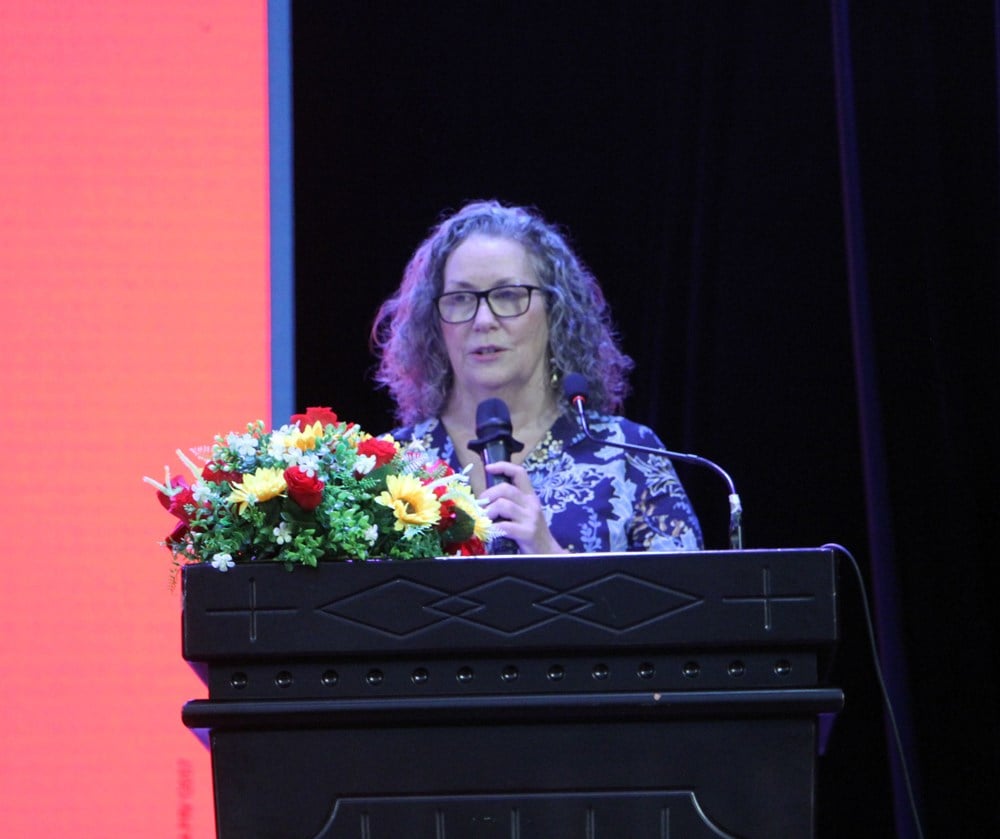
Professor Nguyen Thu Anh, President of the University of Sydney Vietnam, expressed her honor to accompany Ho Chi Minh City University of Culture and UNESCO to organize this forum.
Professor Nguyen Thu Anh raised the question of how museums today can not only be places to preserve memories, but also connect people with their roots, foster dialogue, inspire and connect communities, and inspire future generations.
How to harmoniously combine tradition and innovation, technology, art and memory, turning them into “living materials” for modern museums.
“We believe that connecting researchers, cultural workers, artists and curators from the public to private sectors, from local to international is the key to building a flexible, multidimensional and sustainable cultural ecosystem,” Professor Thu Anh affirmed.
Associate Professor Dr. Lam Nhan, Principal of Ho Chi Minh City University of Culture, emphasized the importance of interaction, sharing, connection and cooperation to "unlock" knowledge and "unlock" museums together.
He believes that museums and heritage sites always contain many memories, historical, cultural and scientific values. These values are only truly "unfolded" when there is close interaction and connection between the parties.
Associate Professor Dr. Lam Nhan cited the concept of "economy is the lock, culture is the key", and emphasized that culture is not only the key to open the economy, but also to open many other areas in society, contributing to bringing success, prosperity and happiness to the community.
He expressed his hope that this forum will be the first step to "unlock" cultural values, and there will be more steps to follow so that the cultural "key" can play a stronger role in the future.
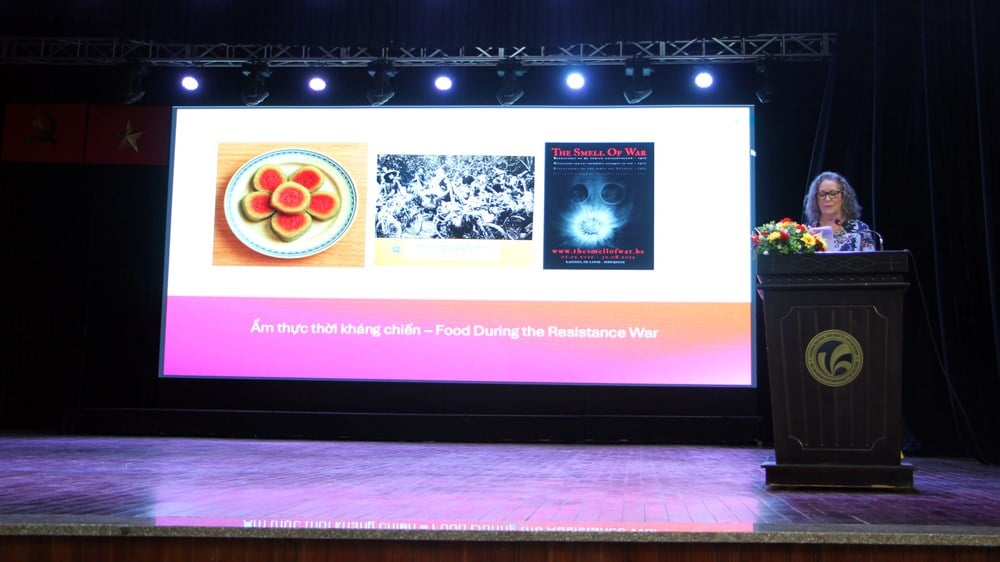
Associate Professor Dr. Jane Gavan, founding member and current member of the academic advisory board of the Sydney Vietnam Institute (an initiative of the University of Sydney), shares her perspective on the role of museums as spaces for discovery and creativity.
She stressed the urgent need for professional training for museum staff, while affirming the importance of strengthening public-private partnerships.
According to experts, cooperation projects will help museums and cultural institutions develop harmoniously, linked to community interests and the specific role of each locality.
Ms. Jane Gavan also shared the story of developing ideas for exhibitions at the museum, such as the theme “Cuisine during the Resistance”, through which many major topics such as health, memory, faith and identity can be integrated.
She emphasized that museums should become open spaces, welcoming artists, people, students, encouraging open-mindedness and global dialogue.
To achieve this, investment is the key factor. With support from the Government, museums will have the conditions to build appropriate mechanisms and policies, creating a foundation for sustainable development.
Associate Professor Dr. Jane Gavan affirmed that museums in Vietnam are not only places to preserve memories but also creative spaces towards the future. According to her, museum curators are like “gardeners”.
They cultivate, shape and care for each cultural value. “Let’s cultivate and care for this rich cultural land together, so that the museum can truly become a vibrant and close-to-the-community space,” Ms. Jane Gavan called for.
How can museums both "live well" and promote cultural values?
At the forum, many experts focused on discussing how museums can “live well”, attract the public and promote cultural values. Representatives of public and private museums shared experiences, solutions and operating models suitable for the current context.
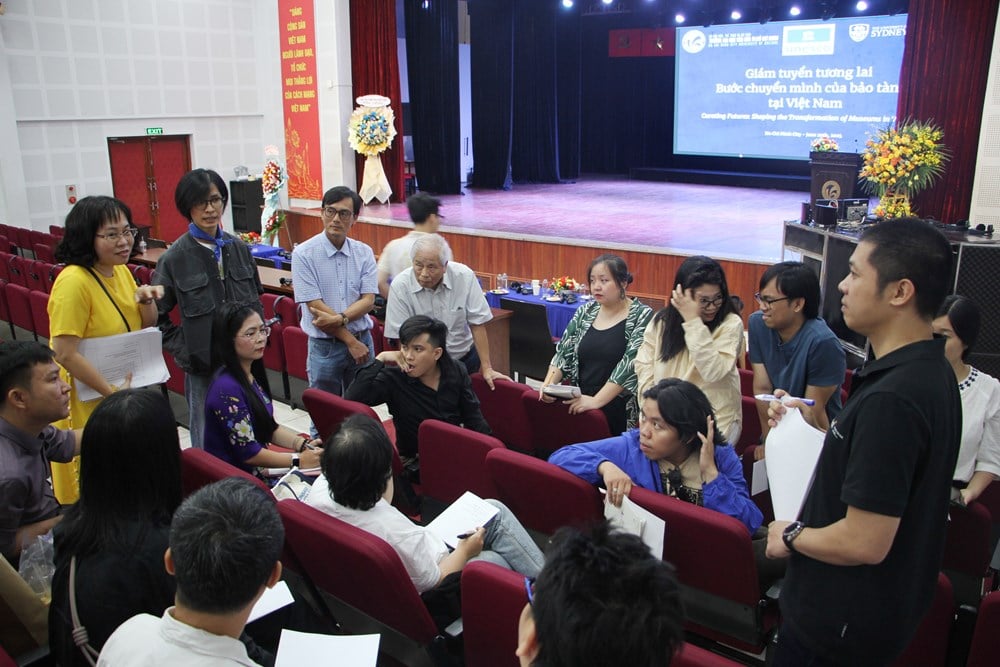
In her sharing session, Ms. Huynh Ngoc Van - Director of the Ao Dai Museum, former Director of the War Remnants Museum, presented practical experience in managing public and non-public museums, emphasizing the issue of financial autonomy so that museums can "survive" and develop sustainably.
While still Director of the War Remnants Museum, Ms. Van directed the museum to become fully financially autonomous from 2014, a bold and difficult decision but one she affirmed was correct.
Thanks to the number of visitors always leading Ho Chi Minh City and being among the largest in the country, the museum's main source of income from ticket sales is always stable.
To maintain and develop revenue, the museum focuses on professional investment, organizing attractive exhibitions and displays to attract visitors. At the same time, accompanying services such as selling publications, souvenirs, food services, etc. are also systematically deployed, becoming a significant source of revenue.
When taking over the Ao Dai Museum (late 2017), Ms. Van faced great difficulties, the initial number of visitors was only about 1,700 visitors/year. However, thanks to applying the development model from the War Remnants Museum, by 2019, the museum increased the number of visitors...
Ms. Huynh Ngoc Van also pointed out the difference between public and non-public museums. Public museums have the advantage of prime location, spacious space, large halls convenient for organizing events, but are bound by many constraints regarding legal mechanisms.
In particular, the “safe” mentality of managers makes public museums lack dynamism, limiting the ability to increase revenue. Meanwhile, non-public museums, although flexible and creative, lack capital and depend on self-exploitation capacity and the ability to attract the public.
According to Ms. Huynh Ngoc Van, the key point for a museum to survive and develop is to "stand firm in the hearts of the public", from which it is possible to "run a museum business" successfully.
Prof. Dr. Nguyen Xuan Tien, Chairman of the Ho Chi Minh City Fine Arts Association, emphasized the important role of curators in the artistic life. He said that in Vietnam, the concept of “curator” was only known after the Doi Moi period, especially around 1995, when international exhibition trends began to be introduced.
According to the Chairman of the Ho Chi Minh City Fine Arts Association, Vietnam currently does not have a team of well-trained curators; most of them are self-proclaimed or freelancers, participating in a number of art projects.
He believes that in order to develop a team of professional curators, it is necessary to organize short-term courses for those working at museums, art centers or freelance curators to foster missing knowledge and skills.
In the long term, it is necessary to build a systematic training program, such as master's courses on curation at art and culture schools... Only then can a truly high-quality curatorial force, with qualifications and official degrees, be formed.
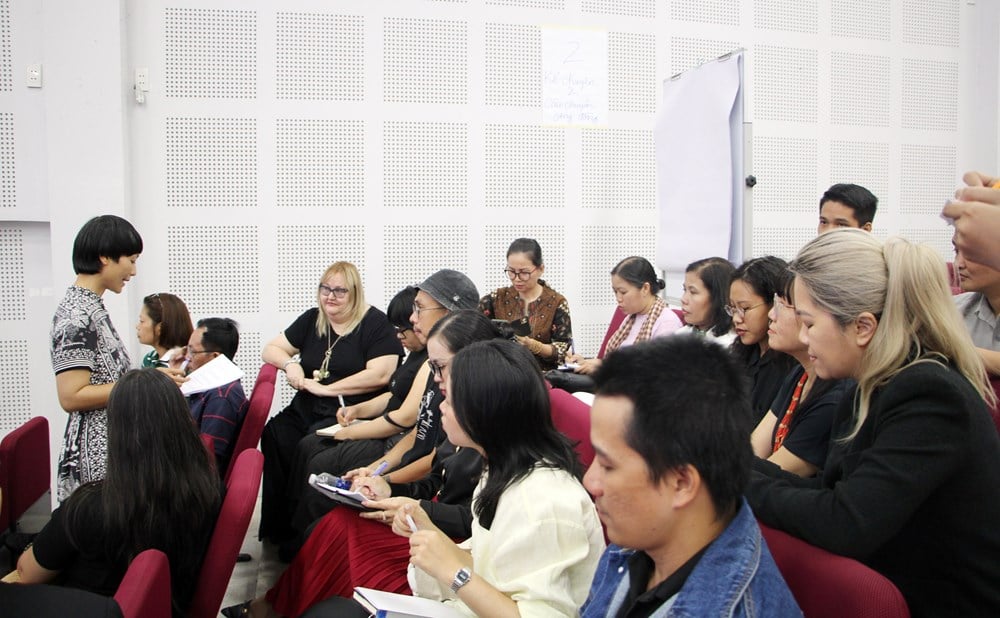
Ms. Kieu Dao Phuong Vy, Head of Education - Communication and Public Relations Department, Ho Chi Minh City Museum, shared about research and development of educational programs, strengthening the relationship between the museum and the community.
According to her, through educational communication and community development, museums will become more attractive, catch up with new trends and avoid falling behind.
In the private sector, Mr. Nguyen Thieu Kien - Director of Quang San Museum, emphasized the efforts to connect and support artists in the art ecosystem. In addition to displaying collections, the museum also organizes solo exhibitions, provides training on painting conservation, and builds a community attached to Quang San.
Quang San Art Museum is the first private art museum in Ho Chi Minh City, aiming to connect young people with traditional historical values through many art forms such as fine arts, photography, fashion and music.
Source: https://baovanhoa.vn/van-hoa/nang-cao-nang-luc-giam-tuyen-dinh-hinh-bao-tang-tuong-lai-147437.html



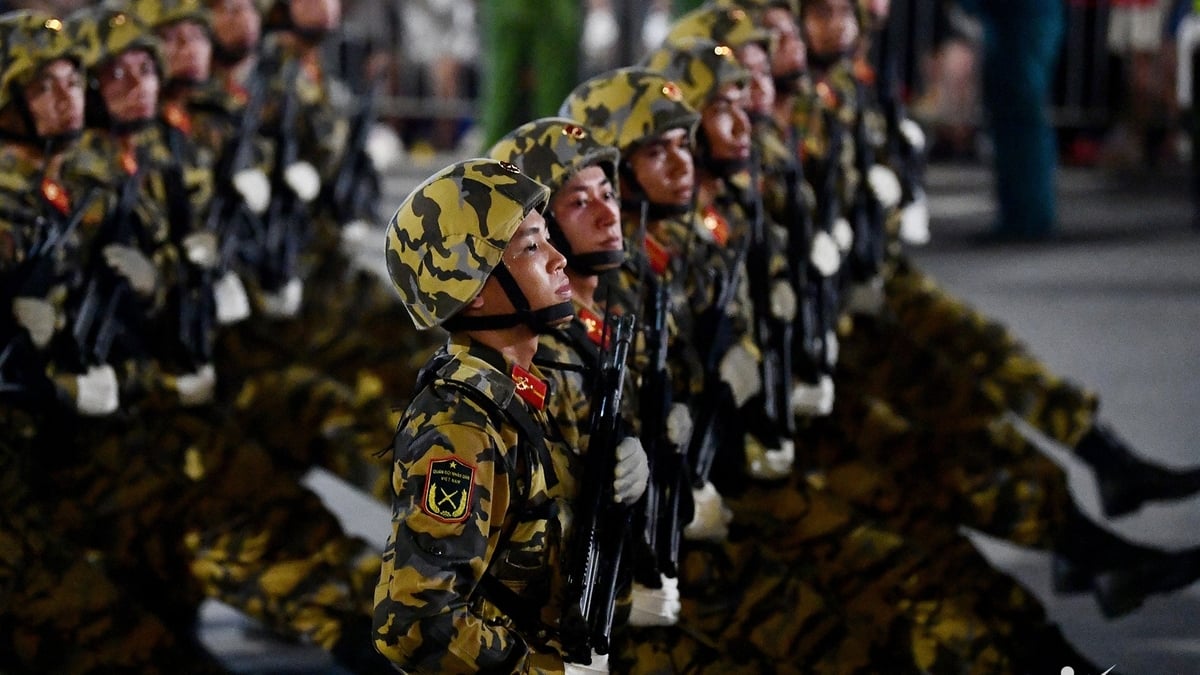
![[Photo] General Secretary To Lam attends the opening ceremony of the National Achievements Exhibition](https://vphoto.vietnam.vn/thumb/1200x675/vietnam/resource/IMAGE/2025/8/28/d371751d37634474bb3d91c6f701be7f)
![[Photo] National Assembly Chairman Tran Thanh Man holds talks with New Zealand Parliament Chairman](https://vphoto.vietnam.vn/thumb/1200x675/vietnam/resource/IMAGE/2025/8/28/c90fcbe09a1d4a028b7623ae366b741d)
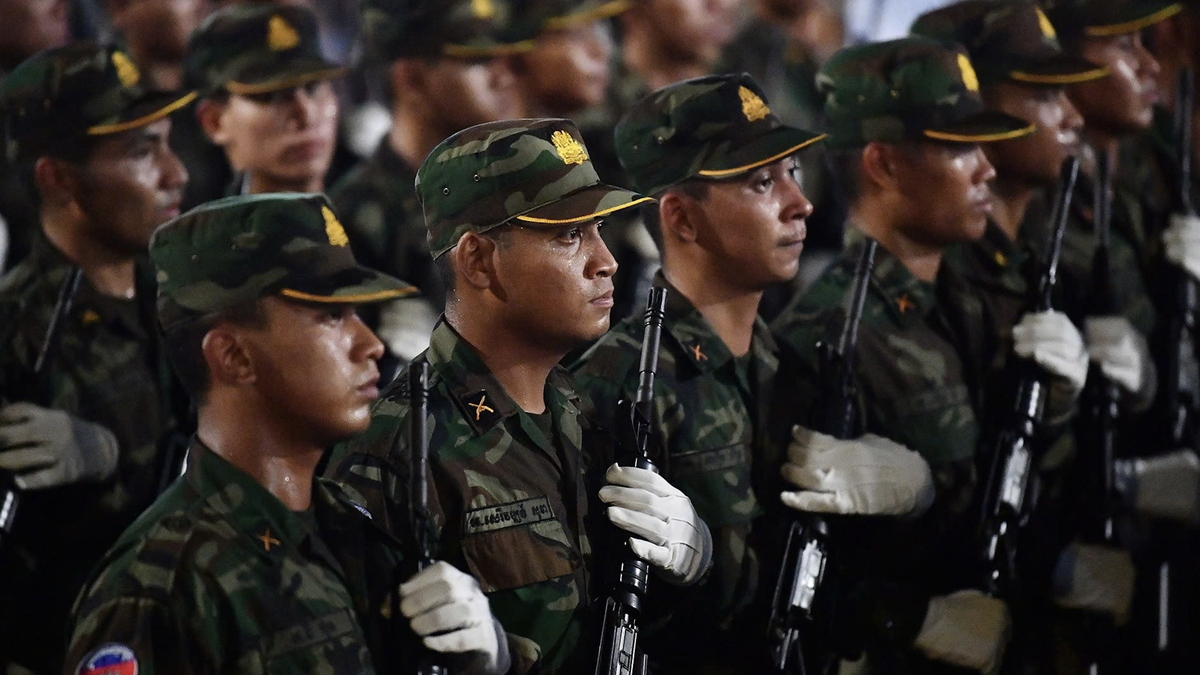
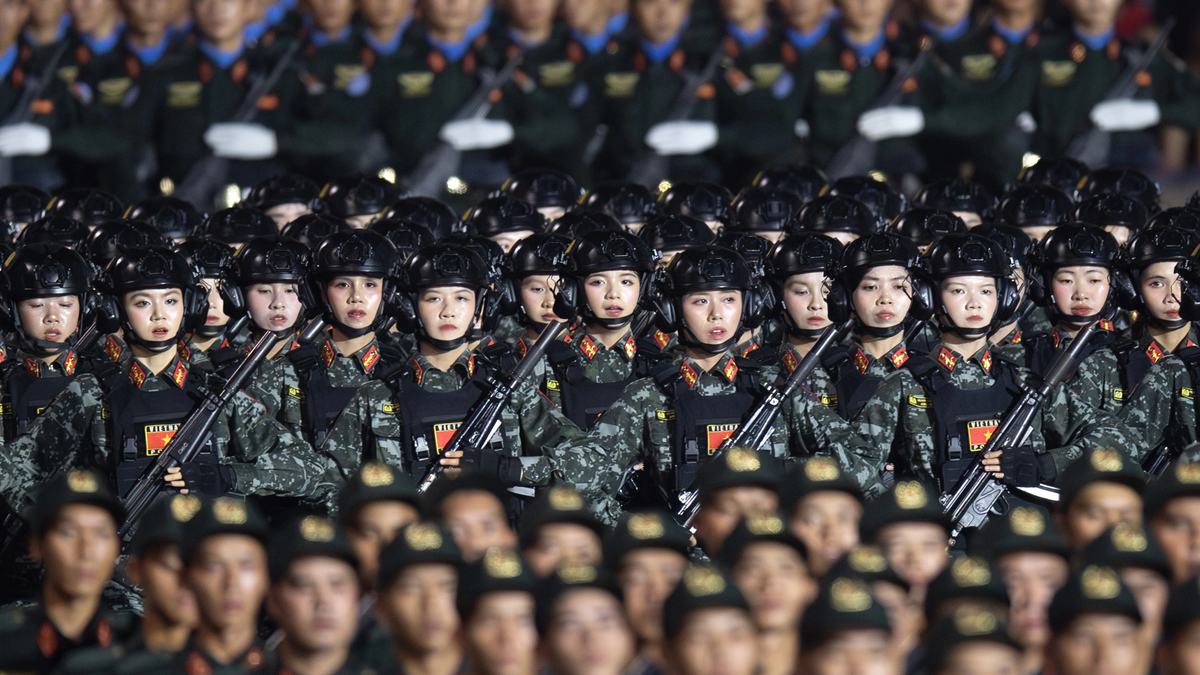
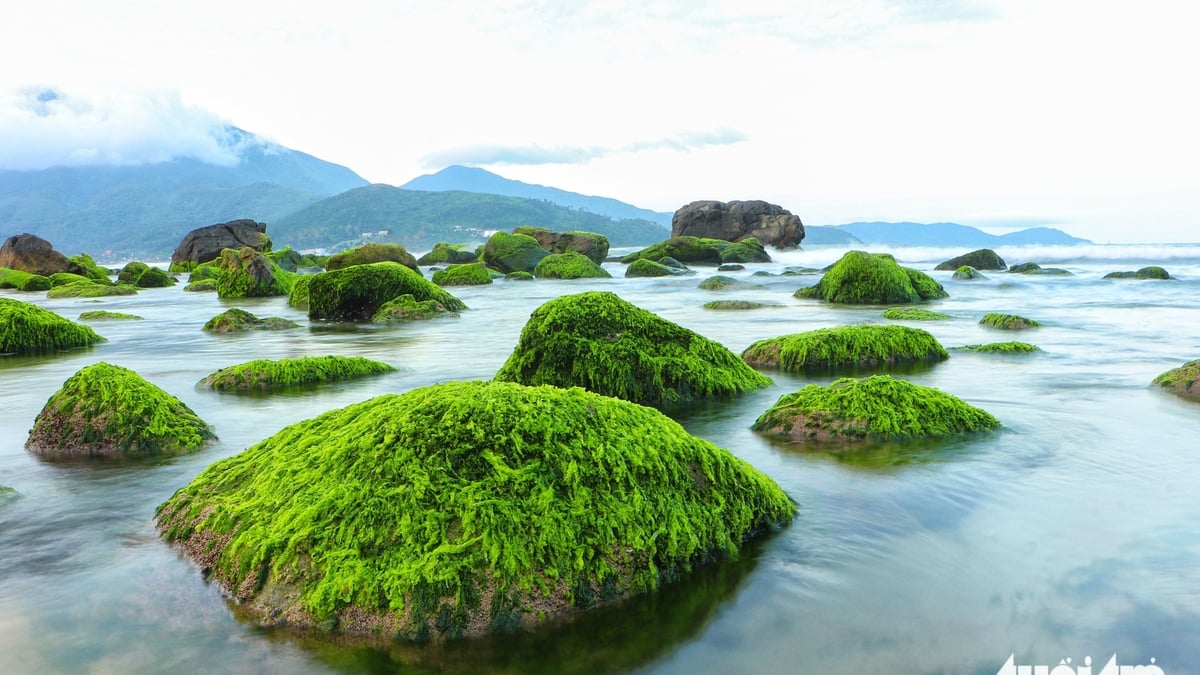
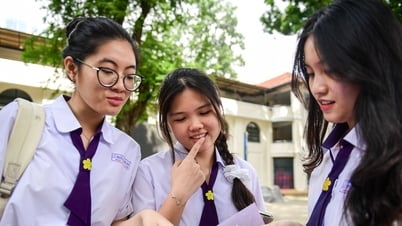

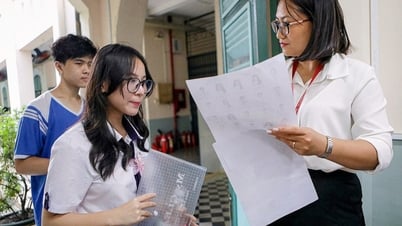




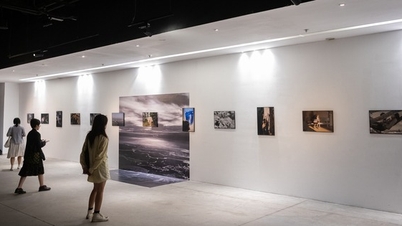

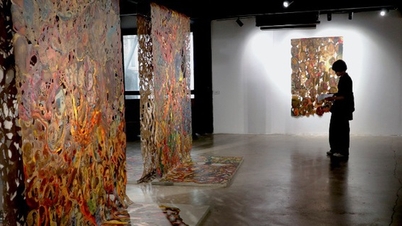
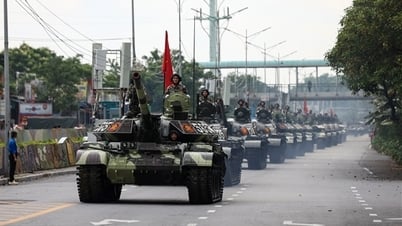

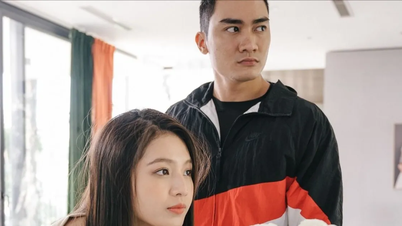

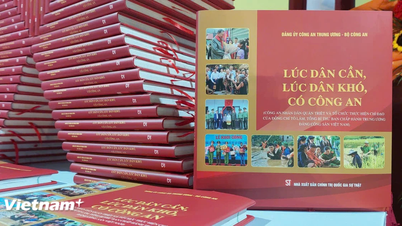

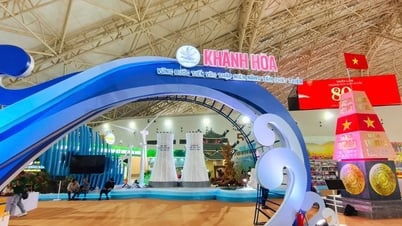
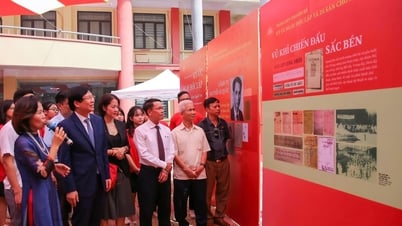
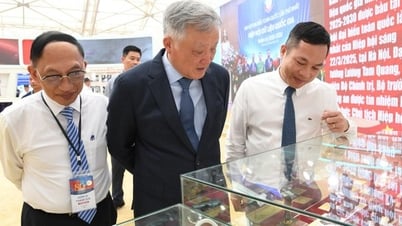

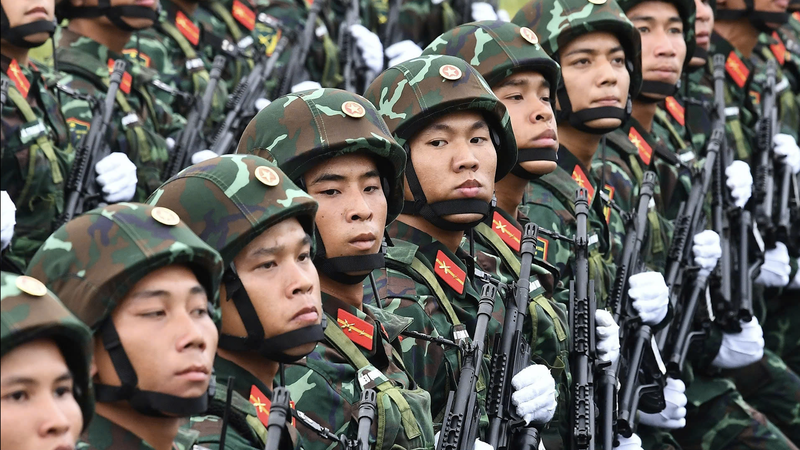



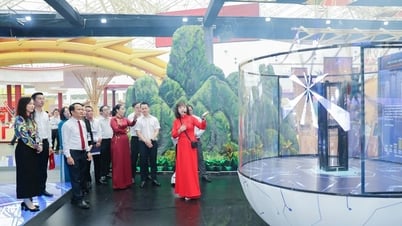


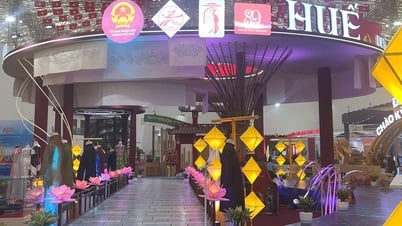
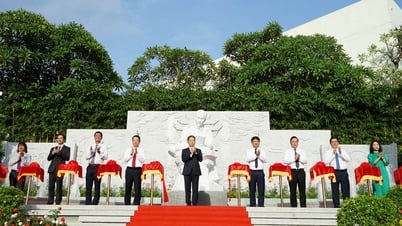
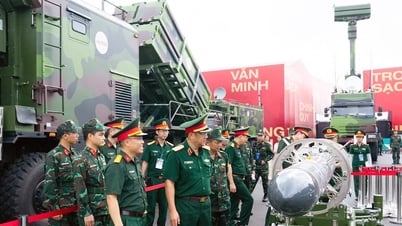
![[Photo] Images of the State-level preliminary rehearsal of the military parade at Ba Dinh Square](https://vphoto.vietnam.vn/thumb/1200x675/vietnam/resource/IMAGE/2025/8/27/807e4479c81f408ca16b916ba381b667)

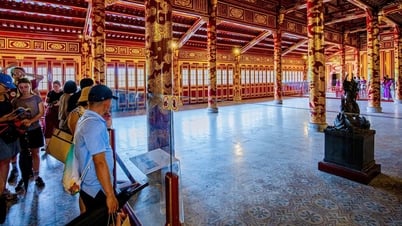


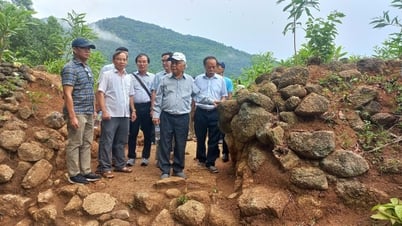
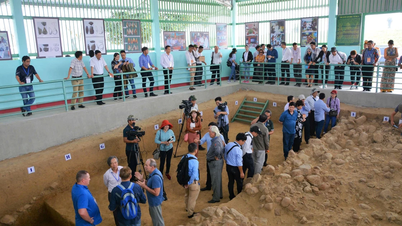

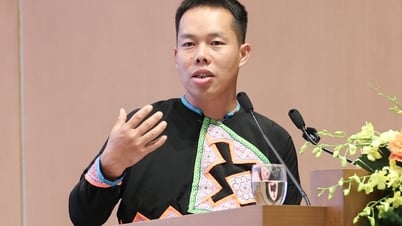
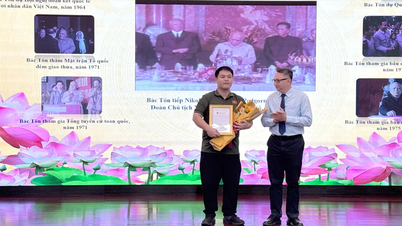
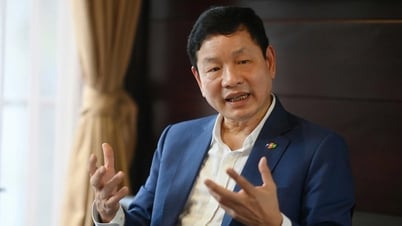

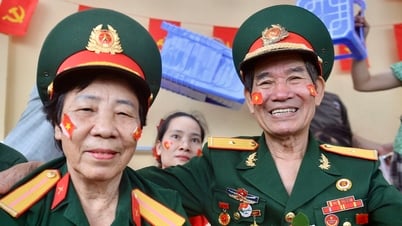


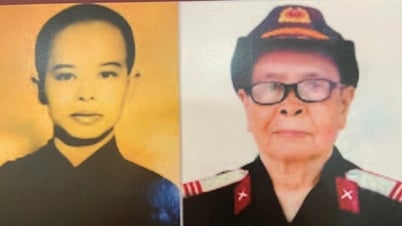
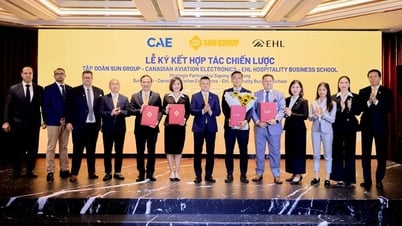
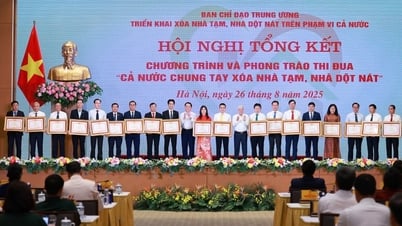


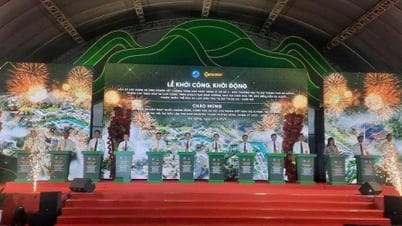
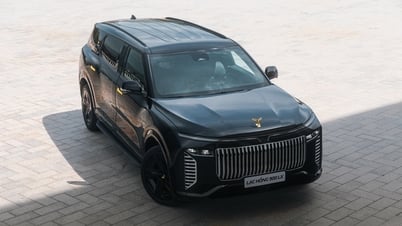

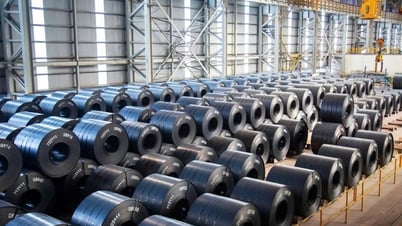
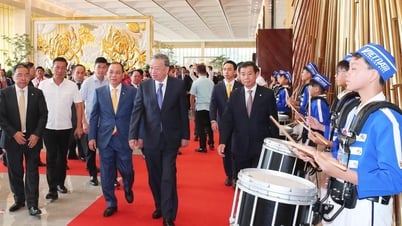

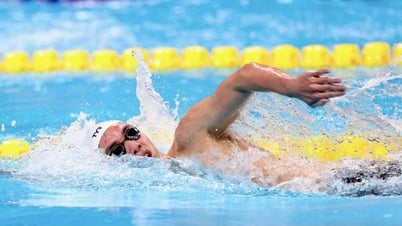
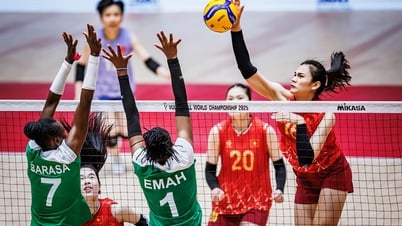

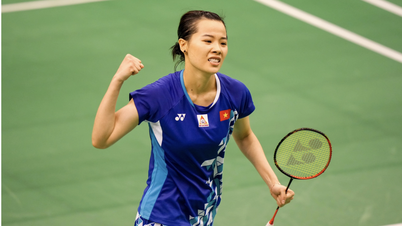


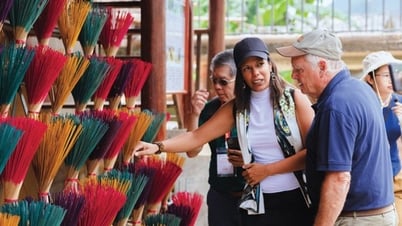

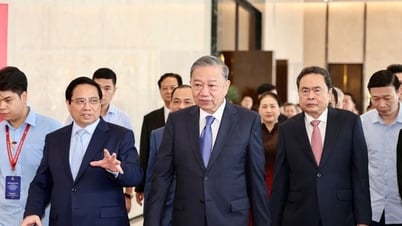
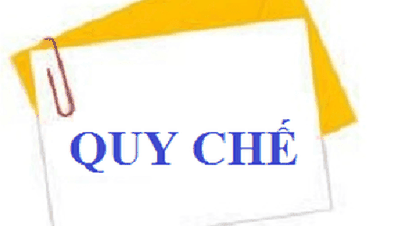
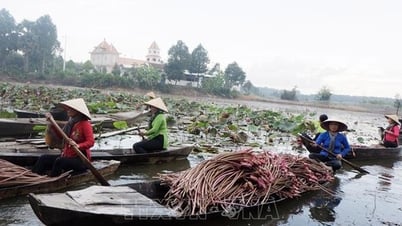
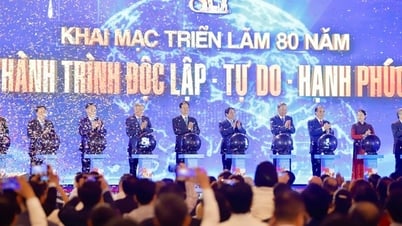

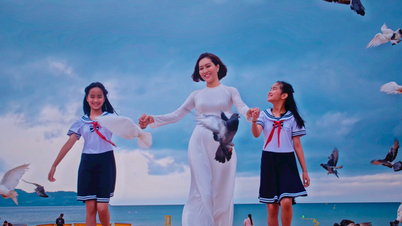





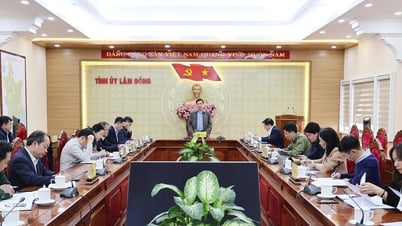

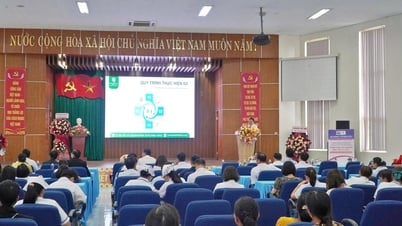

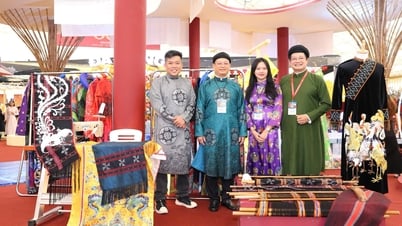

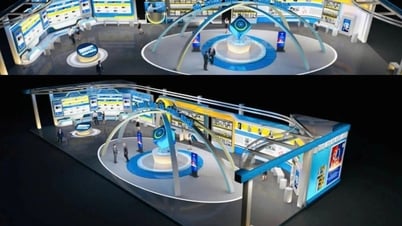
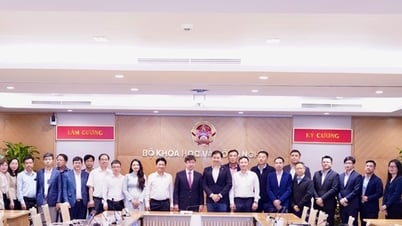



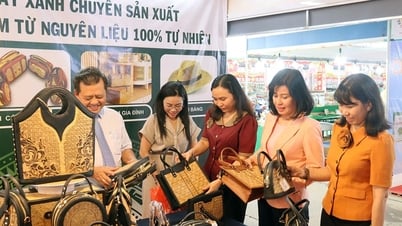
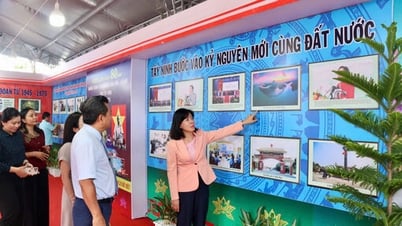


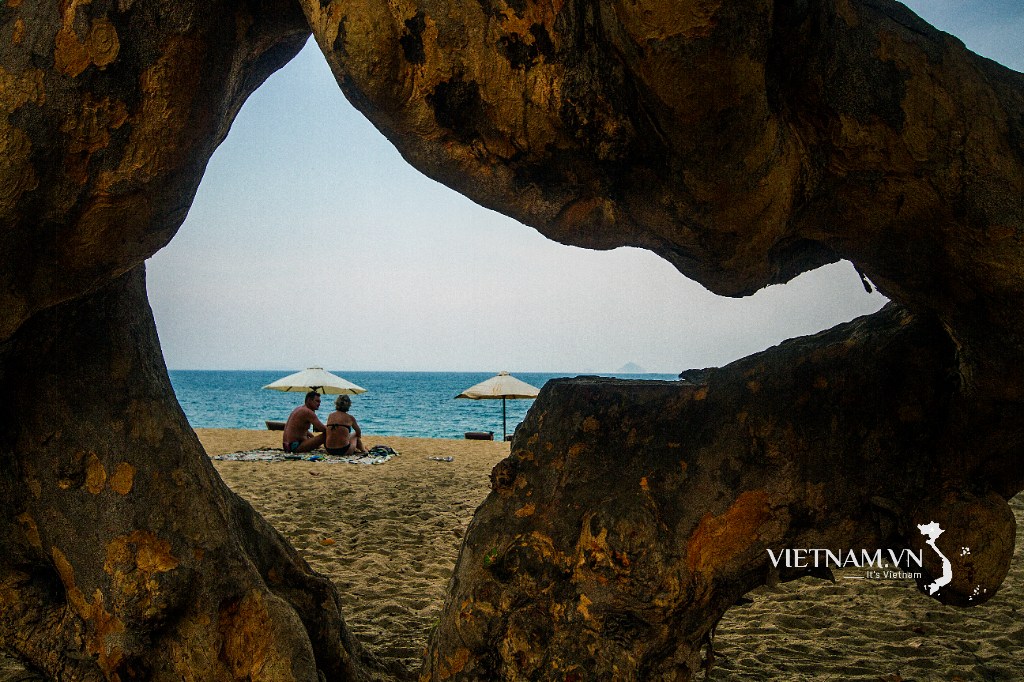

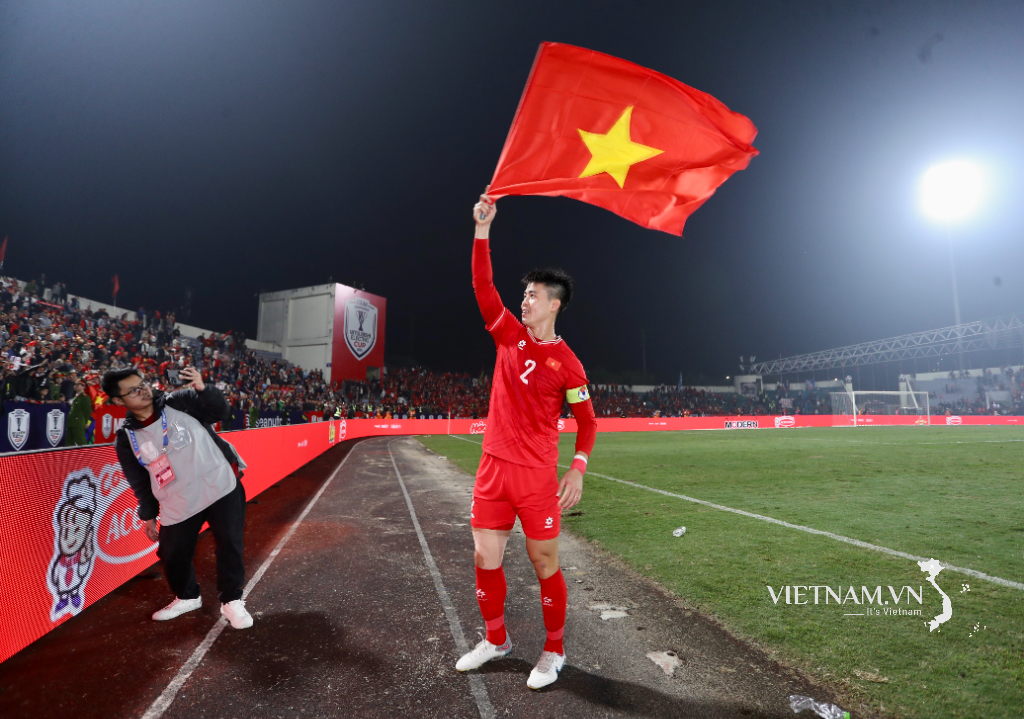

Comment (0)